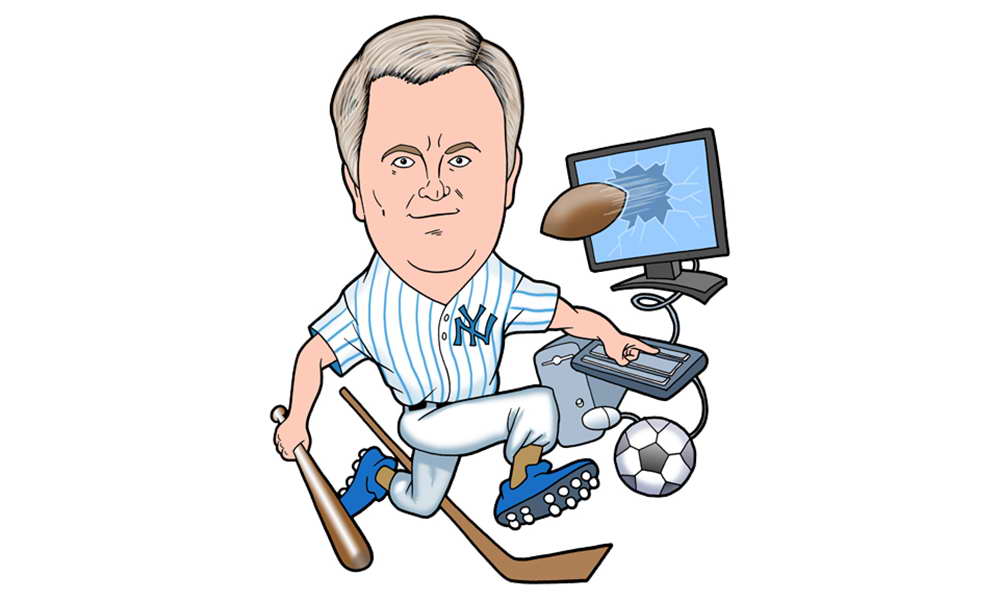In my last blog, I suggested that television may have killed off the national pastime. In the latest national Marist Poll, 54% of the American public tell us that they do not follow baseball at all.
 But, television can’t be held solely accountable for the demise of our great game. Expansion and some crucial decisions from Major League Baseball have also contributed.
But, television can’t be held solely accountable for the demise of our great game. Expansion and some crucial decisions from Major League Baseball have also contributed.
Part of the problem dates back to 1993 and 1998. In 1993, the National League expanded into Denver and Miami with the creation of the Colorado Rockies and Florida Marlins. Each League would now have two divisions made up of seven teams each.
But in 1998 when baseball expanded again adding Arizona to the National League and Tampa Bay to the American League, the Milwaukee Brewers also moved to the National League. Now you have 14 teams in the American League and 16 in the National League.
Things start getting complicated. Each league now has three divisions. In the American League two of the divisions have five teams, and the West has only four teams. In the National League, two divisions have 5 teams, but the Central Division has six teams.
The critical factor, I believe, is with the time zones. In the American League West, the Texas Rangers are the only team in the Central Time Zone. The other three are all in the Pacific Time Zone which is two hours earlier. Think about it. If half of your games are played on the road, and most of them with teams in your own division, there are a huge number of games that don’t begin until 9:20 p.m. local time in Texas. Young fans have to stay up past midnight to watch those games. That certainly doesn’t work on school nights, and even in the summer, it’s a challenge. Then, there are the older fans who must be at work the next morning. They are also challenged. So, for the past 12 years, you’ve lost a whole generation of young fans, certainly in Texas, but elsewhere as well.
There are several options to fix this—none of them easy. One solution would be to create divisions and leagues within geographic clusters. That would require breaking some long traditions by moving teams into different leagues. That would also require rebuilding those teams that switch leagues as long as the AL and NL continue to play a different game because of the designated hitter. No one likes the prospect of either solution, but the present structure while bringing big league baseball to more cities is not fan friendly to kids. And without kids, the fan base will eventually erode, and the day will come when the economics will force baseball to reduce rather than expand. That won’t be pretty either.
An answer must be found, and the first step begins with the resolution of the DH dilemma.
Tomorrow: Baseball Fights Back. Are attempts to lure families to the ballpark helping or hurting?

